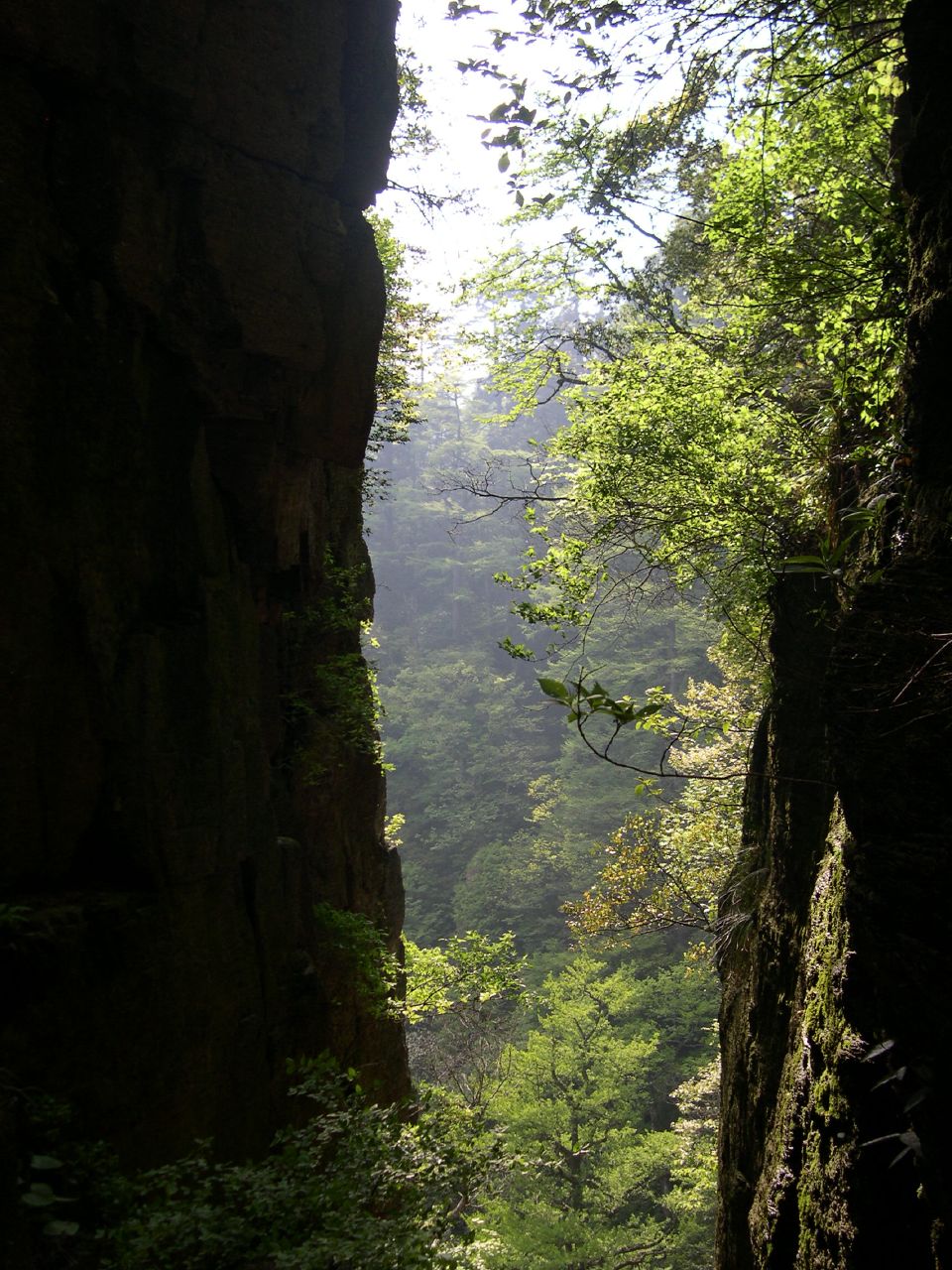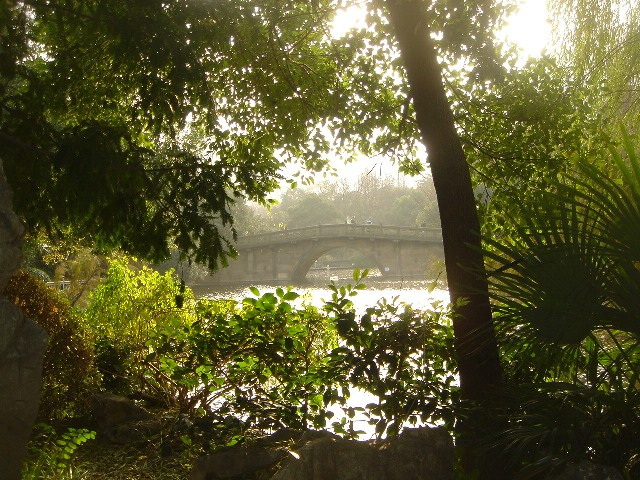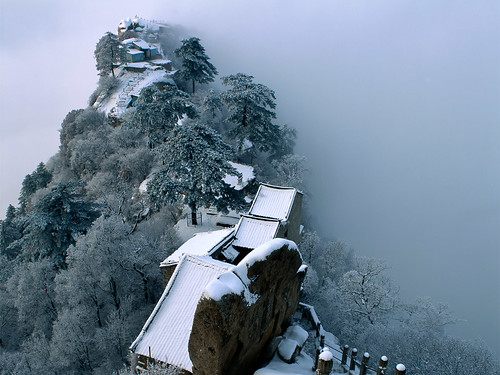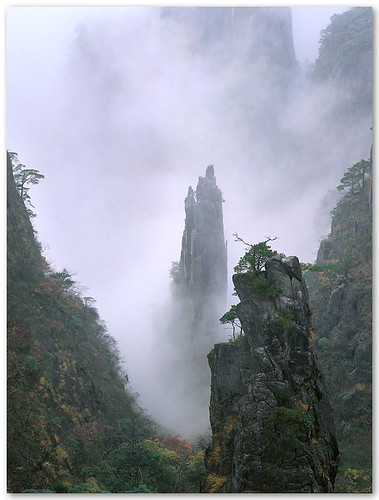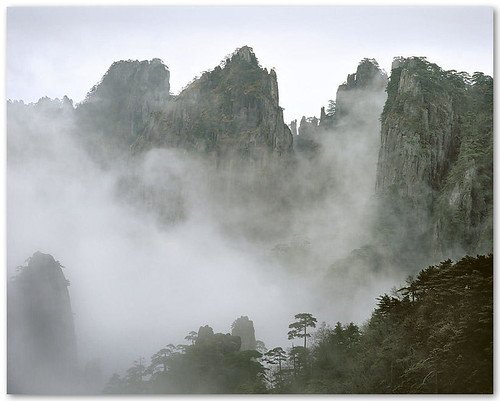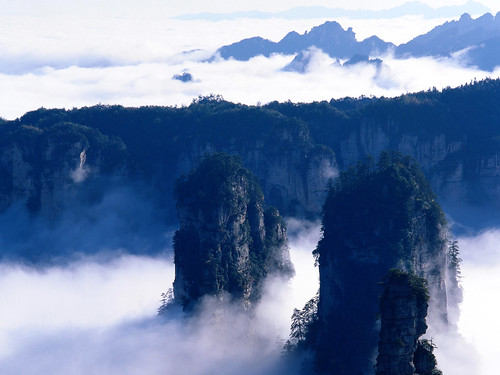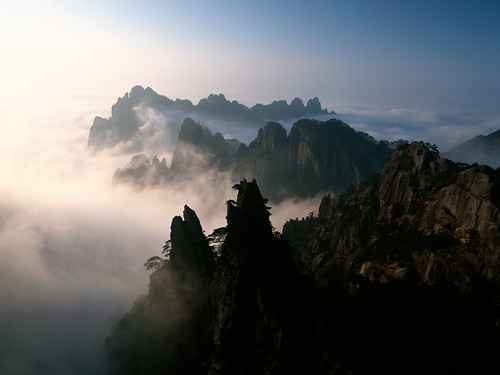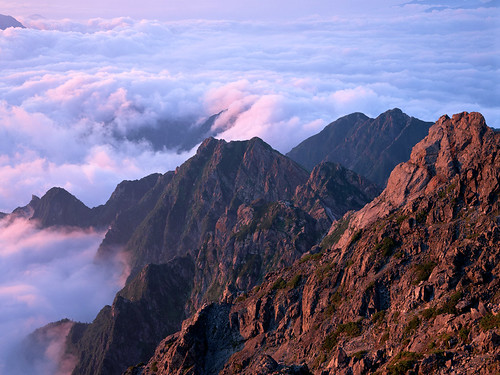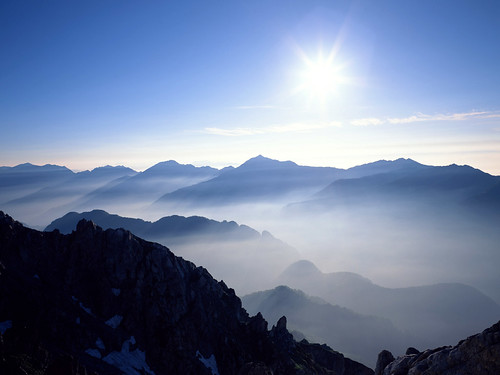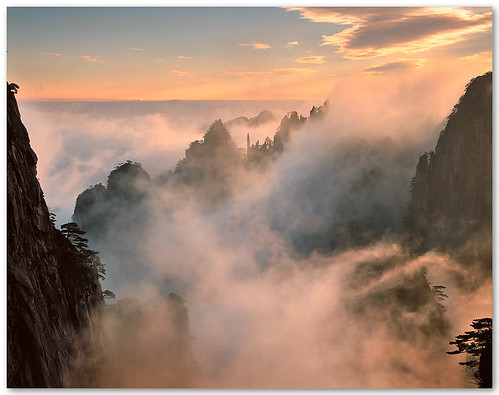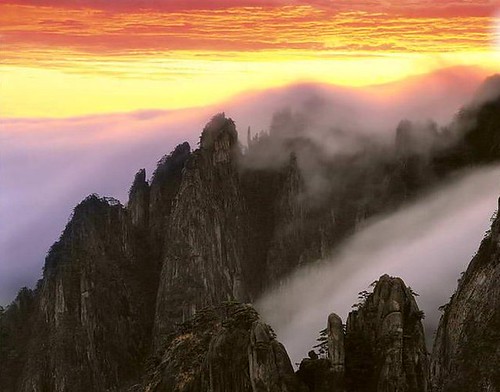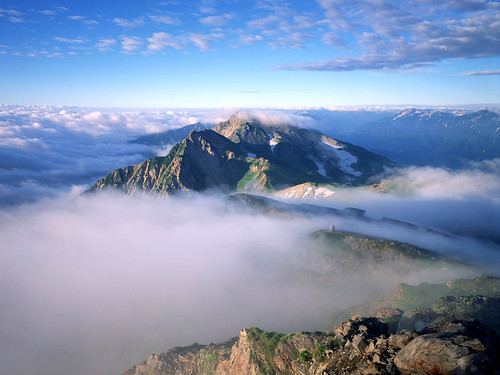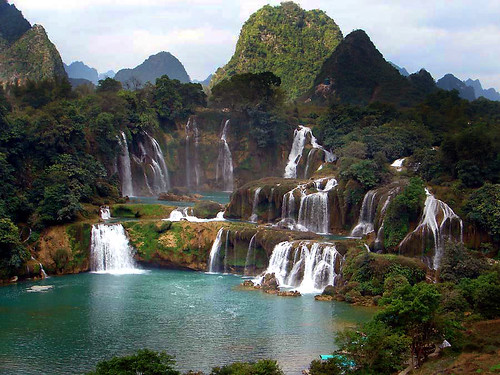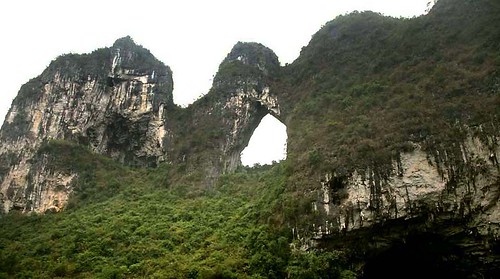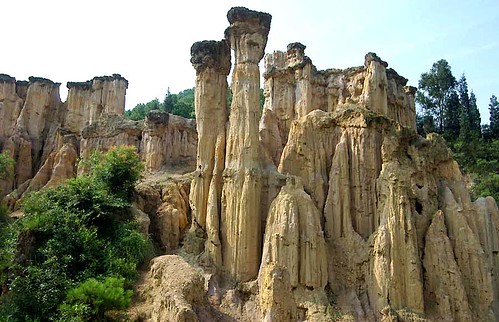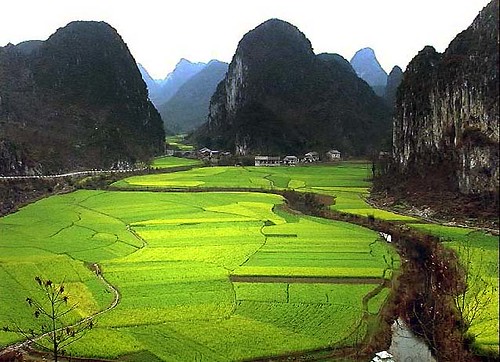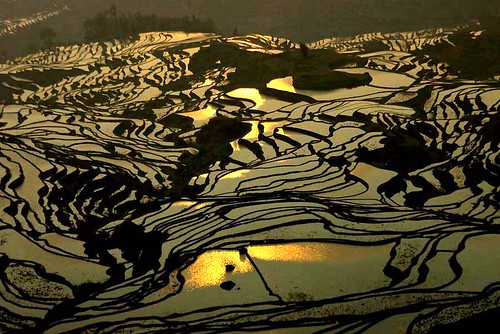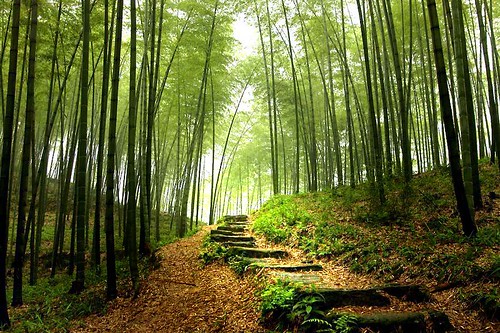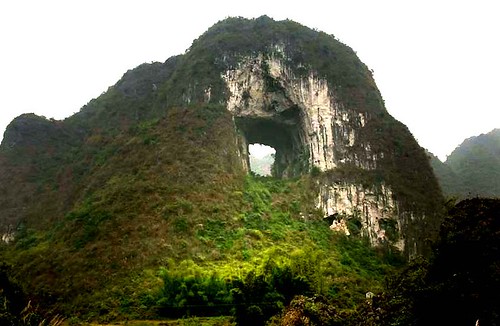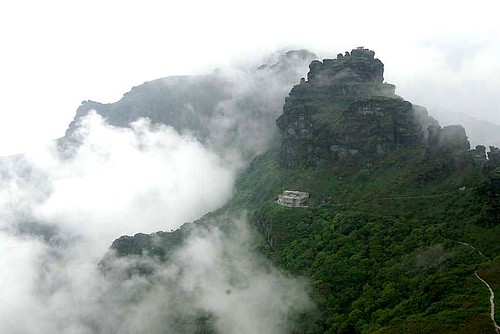Introduction to Beijing and Touring
Beijing Overview:
Best Way to See Beijing:
More on Group Tours:
- A good way to see highlights, quickly (there won't be enough time for you to get "templed out")
- You'll get the history of the location from an English-speaking guide
- Between each historic spot on the agenda is usually an unannounced stop at a shopping location - usually overpriced and unwelcome if you're really into seeing the historic attractions
- Lunch is always part of the day and it's generally bad Westernized-Chinese food. Yuck!
 Getting Around Beijing
Getting Around Beijing
Hotels will have "taxi cards" for you to keep with you to get back and they usually provide a little card with the major sights listed in Chinese as well. Be sure to pick a few up for your bag.
 Day One Morning - a Self-Guided Introduction to Tiananmen Square
Day One Morning - a Self-Guided Introduction to Tiananmen Square
A good first-impression destination for Beijing, and an infamous one at that, is Tiananmen Square. There's not much to see on the square itself - it's really just a huge plaza. But it gives you an inkling of the sheer size of monuments - even a public plaza - that Beijing offers. Of course, millions of people paraded through the square on occasion under Chairman Mao and the Square became famous in the West in 1989 as the news broadcast the army clashing against pro-democracy demonstrations. Now it's a place for kite flying and strolling - bikes must be walked across the square. The square is surrounded by heavy Communist monuments such as the Chinese Revolution History Museum and the Great Hall of the People.
Worth a stop if you have a vague interest in seeing embalmed Communist leaders, is the Mao Mausoleum. There will be an enormous line to get in so you'll have to wait, and make sure to bring your passport. The line moves fast; people are shuffled quickly past the Chairman's embalmed body.
 Day One Afternoon - a Self-Guided Walk to the Forbidden City
Day One Afternoon - a Self-Guided Walk to the Forbidden City
 Day Two - the Great Wall & Ming Tombs with a Guide
Day Two - the Great Wall & Ming Tombs with a Guide
Lunch Break: After your visit to the Mutianyu section, ask your guide to stop at one of the local trout restaurants for lunch. Fresh trout restaurants line the roadway to the Wall and the gimmick is that you catch your own. The food at these restaurants is very inexpensive but quite good.
After the Great Wall, most private and group-tours will head to the Ming tombs. There are thirteen of them and different tours go to different tombs. Most go to Dingling, the tomb of Emperor Wanli (reigned 1537-1619). You'll visit the Sacred Way, a long path leading to the tombs flanked on both sides by mythical and real stone animals as well as the tomb compound itself. The Great Wall and Tombs lie 1-1.5 hours outside Beijing.
 Day Three Morning - Self-Guided Sight-Seeing the Temple of Heaven
Day Three Morning - Self-Guided Sight-Seeing the Temple of Heaven
The Temple of Heaven was the most important temple for Ming and Qing emperors. Once a year, the emperor came to worship the heavens and pray for a bountiful year. An architectural rendering of heaven (round) and earth (square), the temples are circular with square bases. Key sights are the Round Altar, Echo Wall, the Imperial Vault of Heaven and the Hall of Prayer for Good Harvest.
Getting there: public transport to the east gate, bus no. 807 or no. 812 from just north of the Chongwen Men metro stop (209, exit B) to Fahua Si. The best approach is from the south gate. Taking a taxi is a good option.
 Day Three Afternoon - Self-Guided Sight-Seeing the Summer Palace
Day Three Afternoon - Self-Guided Sight-Seeing the Summer Palace
credited to about.com






